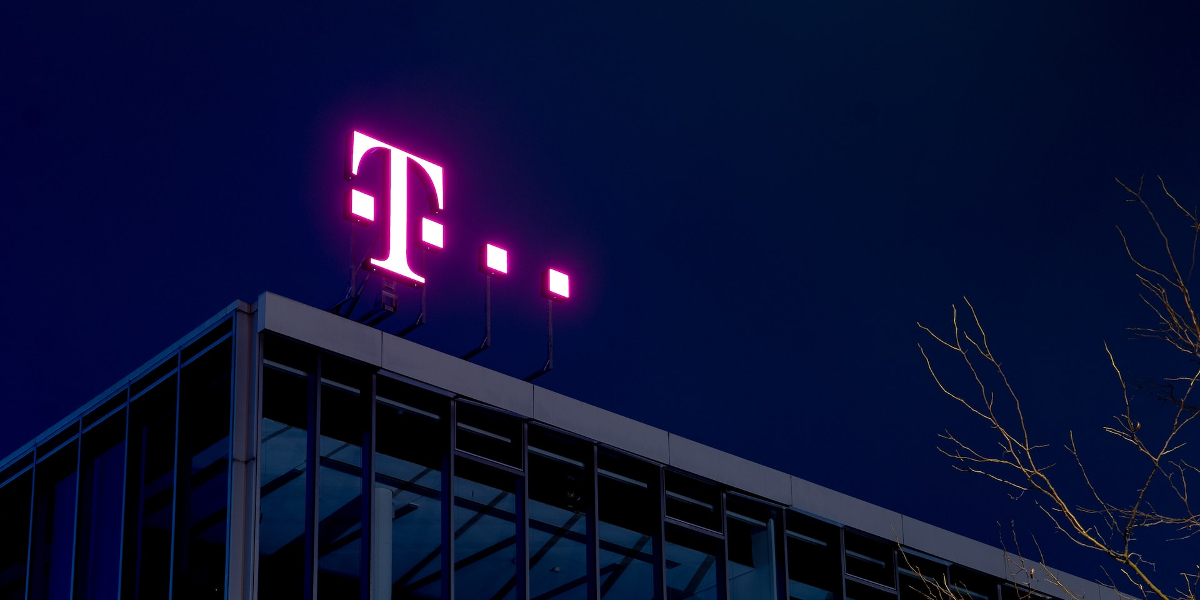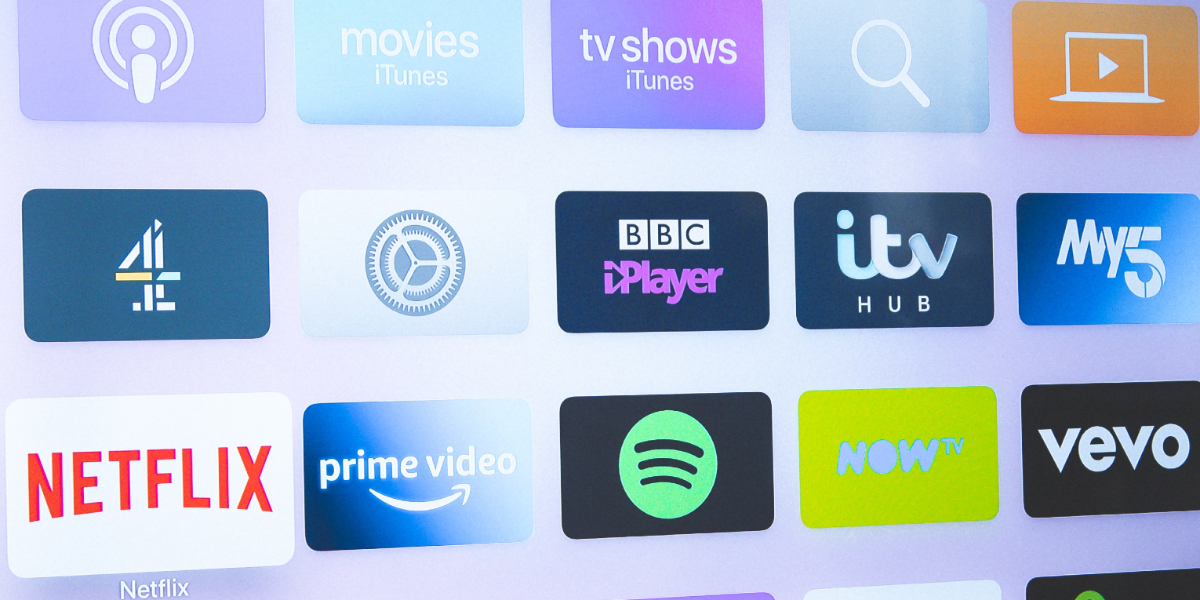Last month, Fox announced that the company would be closing its linear channel in the UK and Ireland. The FOX Channel, which had been available as a linear channel on Sky and Virgin, will close at the end of June. Parent company Disney said that in the future, content from the channel will be made exclusively available on Disney+, the company’s SVOD service.
Following the announcement of the FOX Channel’s closure, Disney CEO Bob Chapek said the company plans to close a further 100 channels internationally by the end of the year.
The question of whether broadcasters should use content for linear channels or for their SVOD services has presented a dilemma for the TV industry, who are in some instances offering a mix of linear, AVOD and SVOD. But it can be difficult to make SVOD content attractive when it has been available to audiences elsewhere for free in the past.
Some believe we’re emerging from an era in which we have too many linear channels anyway. Nigel Walley, managing director of Decipher, says we’re seeing a natural decline in the number of channels, following a boom in the 2000s.
“When digital broadcasts first arrived it allowed for an explosion in channels. And, at the time there weren’t any technologies that gave the consumer choice. We didn’t have PVRs, and we didn’t have on-demand. So the only way that you could give any kind of semblance of customer control and choice was to launch 300 channels,” Walley said.
But do streaming and linear need to be seen as being in competition with each other, or is there a case for them being complementary parts of the same offering? One senior TV advertising executive at a leading broadcaster who wished to remain anonymous said that linear was a bridge to streaming growth.
“We have no doubt the future is streaming, but linear is the pillar that the bridge to streaming is being built on. Streaming-only models require large subscriber numbers to justify content spend or the re-use of content that originated in linear elsewhere. While we build streaming scale, linear provides a revenue backbone to that endeavour,” they said.
“Right now it looks like the future will be one of linear and streaming thriving in mutual co-existence where they deliver on different customer needs. But as scale grows, the options for streaming only channels and content only increases,” the executive added.
Decipher’s Nigel Walley agreed that it’s still important for broadcasters to recognise the power of their linear channels in driving streaming growth.
“A linear channel is a perfect gateway for capturing audiences and driving them towards your OTT proposition and there has been such a paucity of innovation in that area, it’s shocking. It’s the most effective tool that the broadcasters have in their fight against Netflix and Amazon, and they just don’t seem to be able to exploit it,” he said.
However, the streaming-only services do seem to recognise the potential for linear to driving SVOD growth, and have already been making some early but interesting moves.
In November 2020, Netflix launched “Netflix Direct”, a programmed linear content channel in France. The channel will provide content from Netflix’s streaming library in a “leanback” format. Netflix says they chose France to debut the service as traditional linear TV is very popular in the country.
There’s much more that broadcasters could be doing to build this bridge between linear and VOD, says Walley. He points to BBC Three as an example. BBC Three was a free-to-air linear channel operated by the BBC. It was aimed at 16-34 year olds. The channel closed as a linear offering in 2016, with the content moving to the BBC’s iPlayer service.
“BBC Three being taken off air was an act of vandalism. What they should have done was move BBC Three into being an IP stream. It could have been a place to experiment with interactivity, with links to YouTube and social media,” Nigel Walley said.
“The BBC should have used to work out what a linear channel with a youth audience would look like and to create that link between linear and on-demand,” he added.




